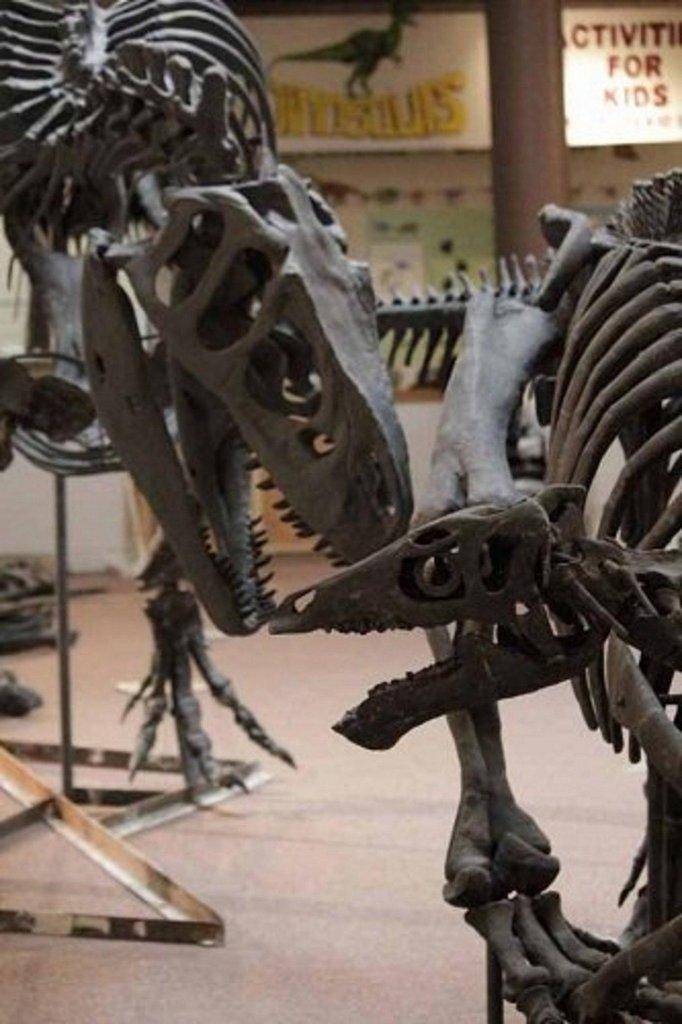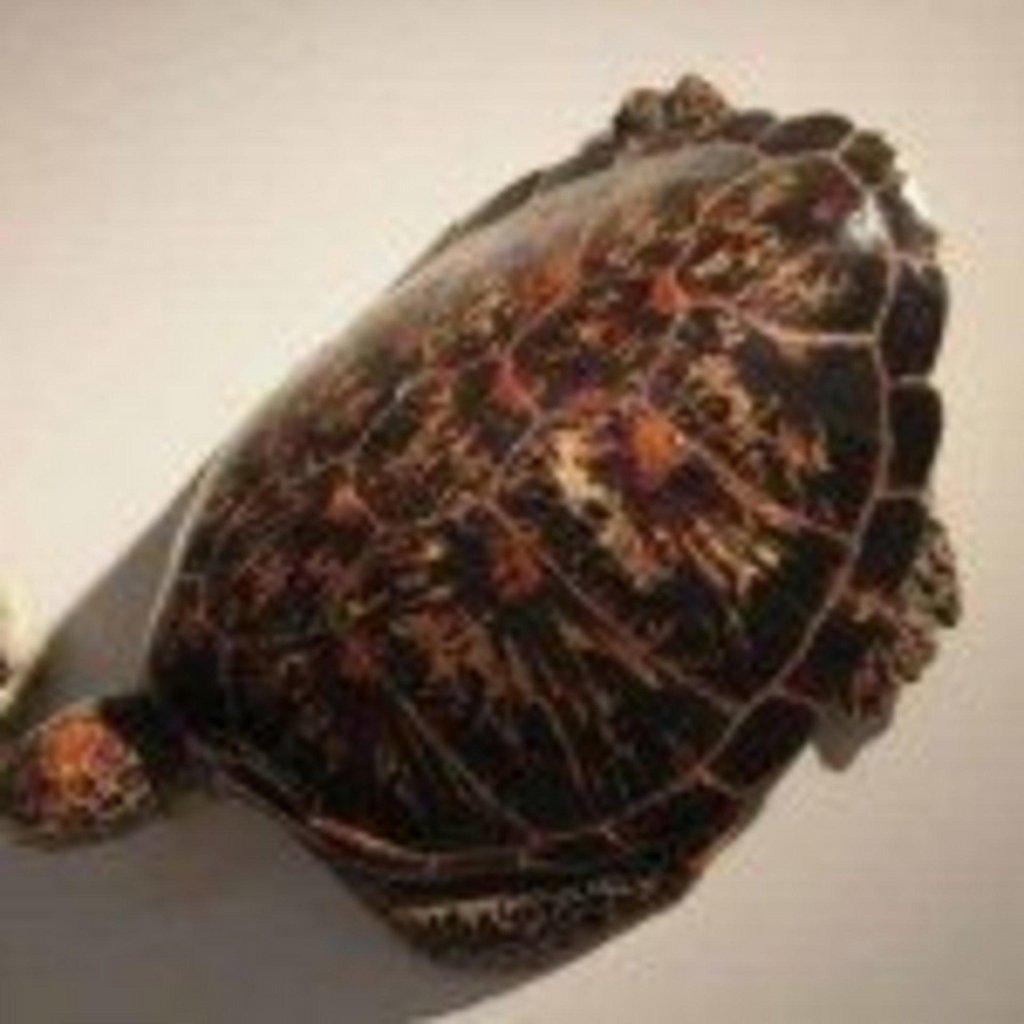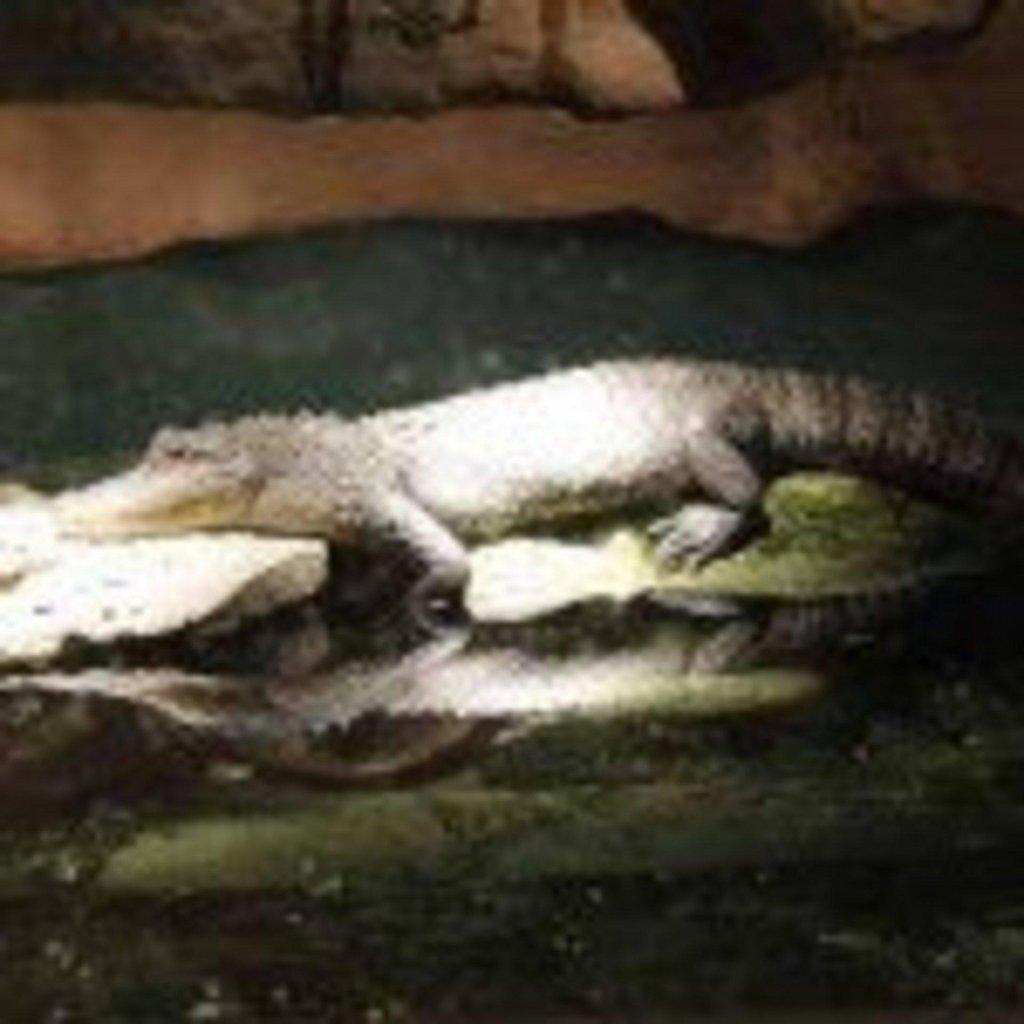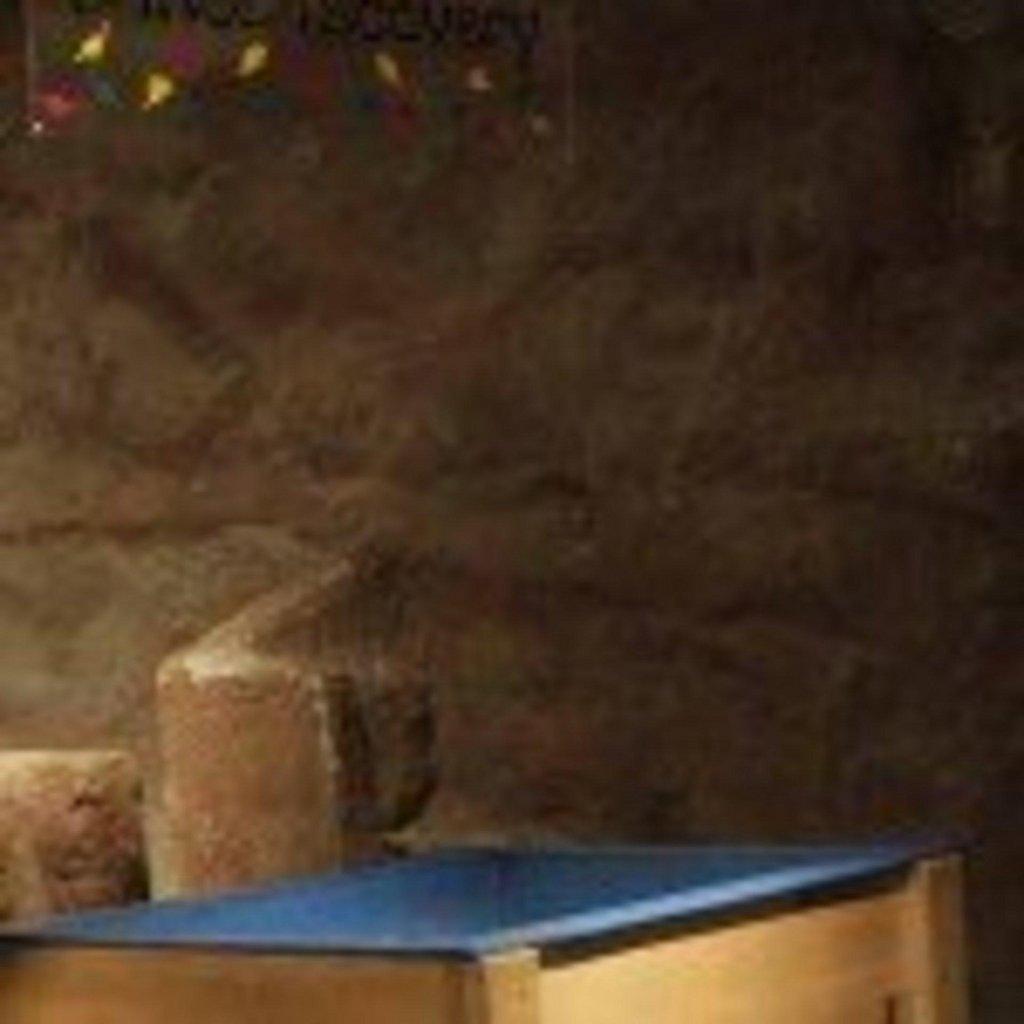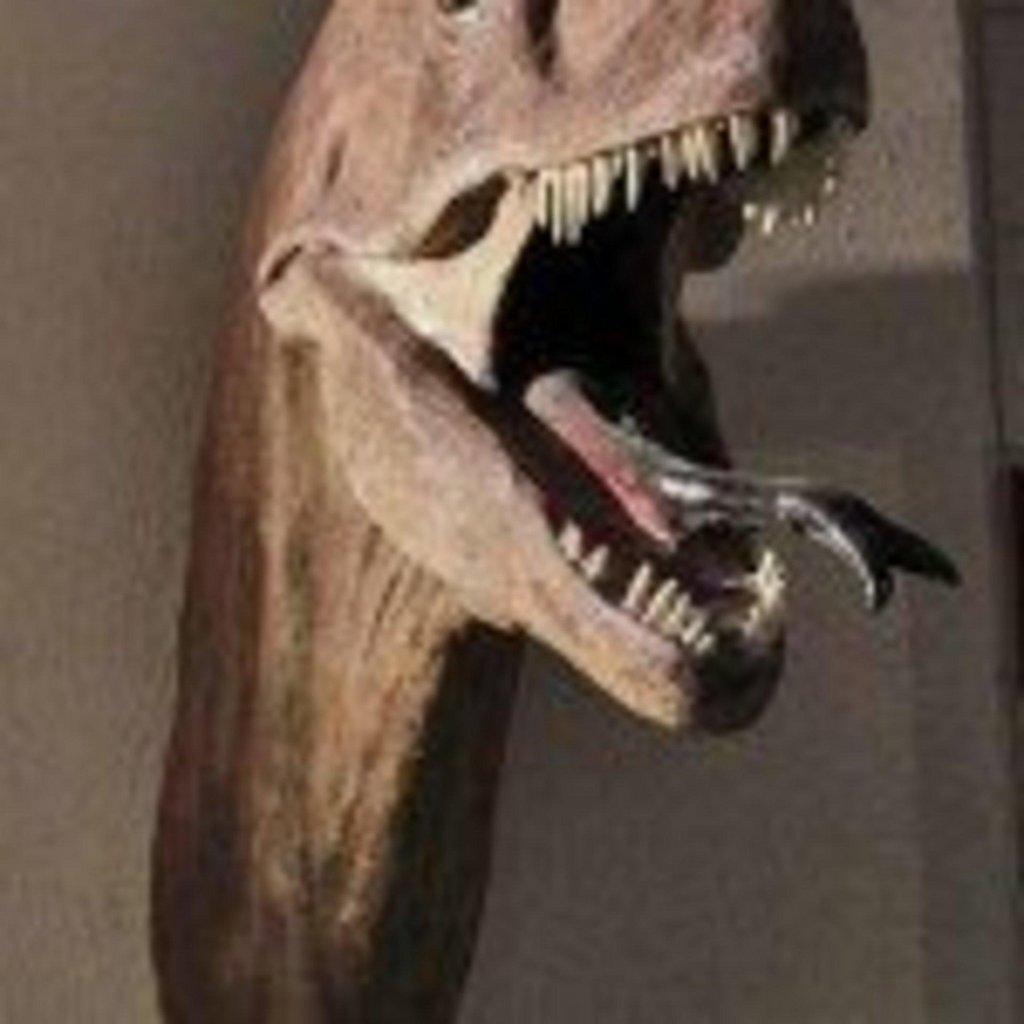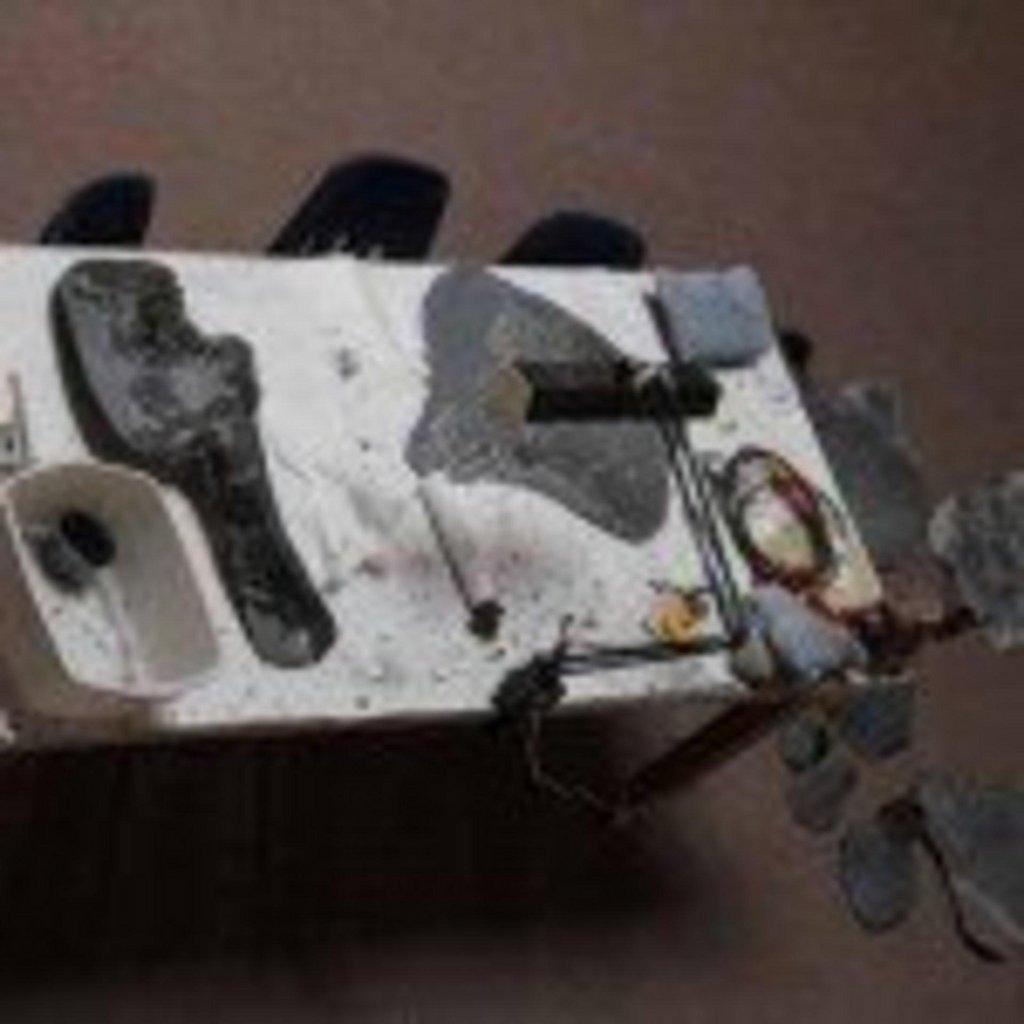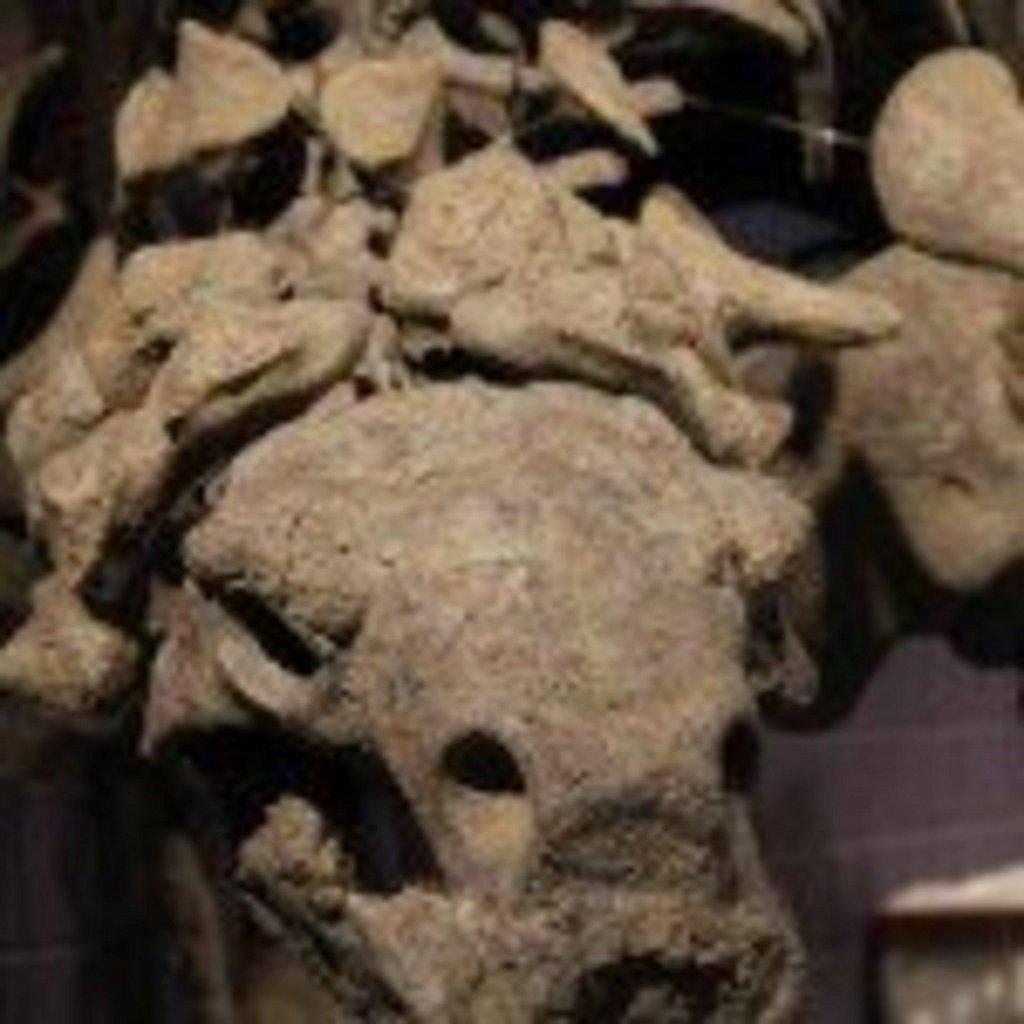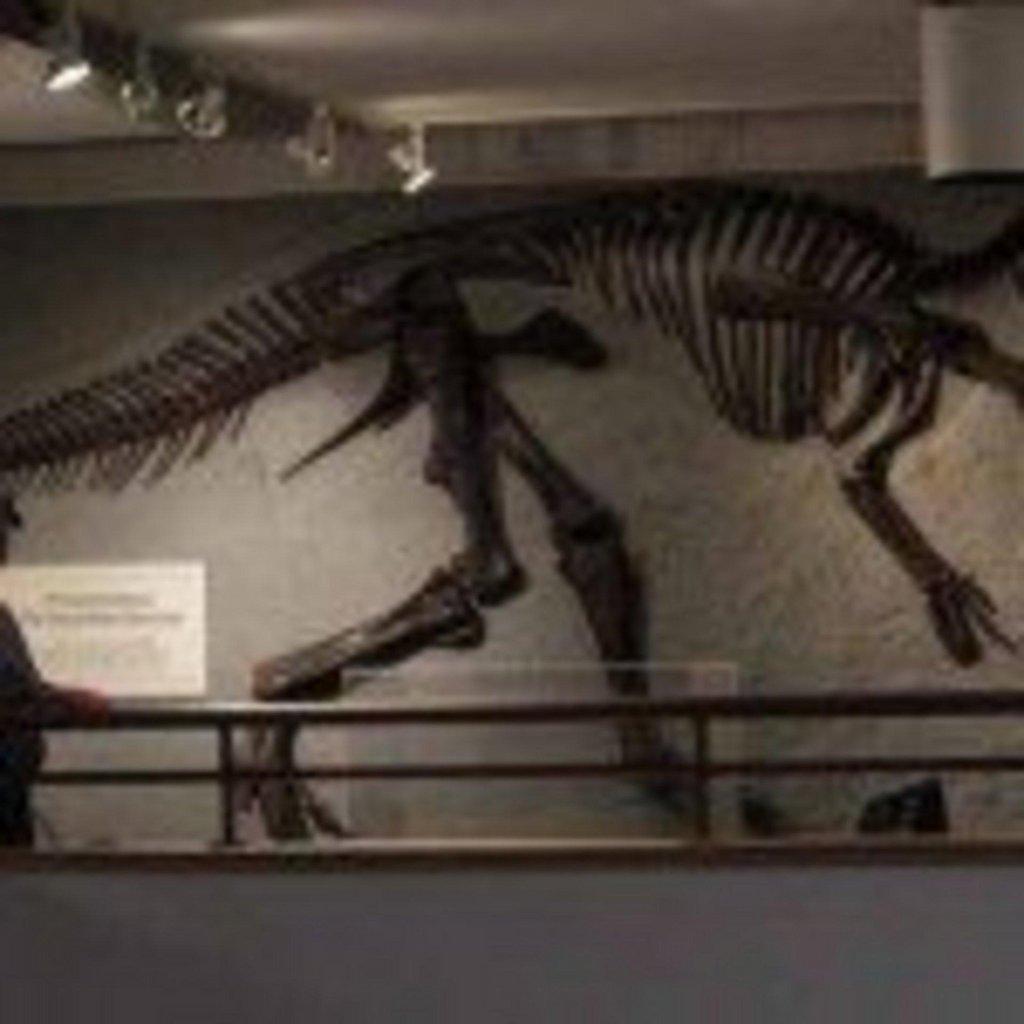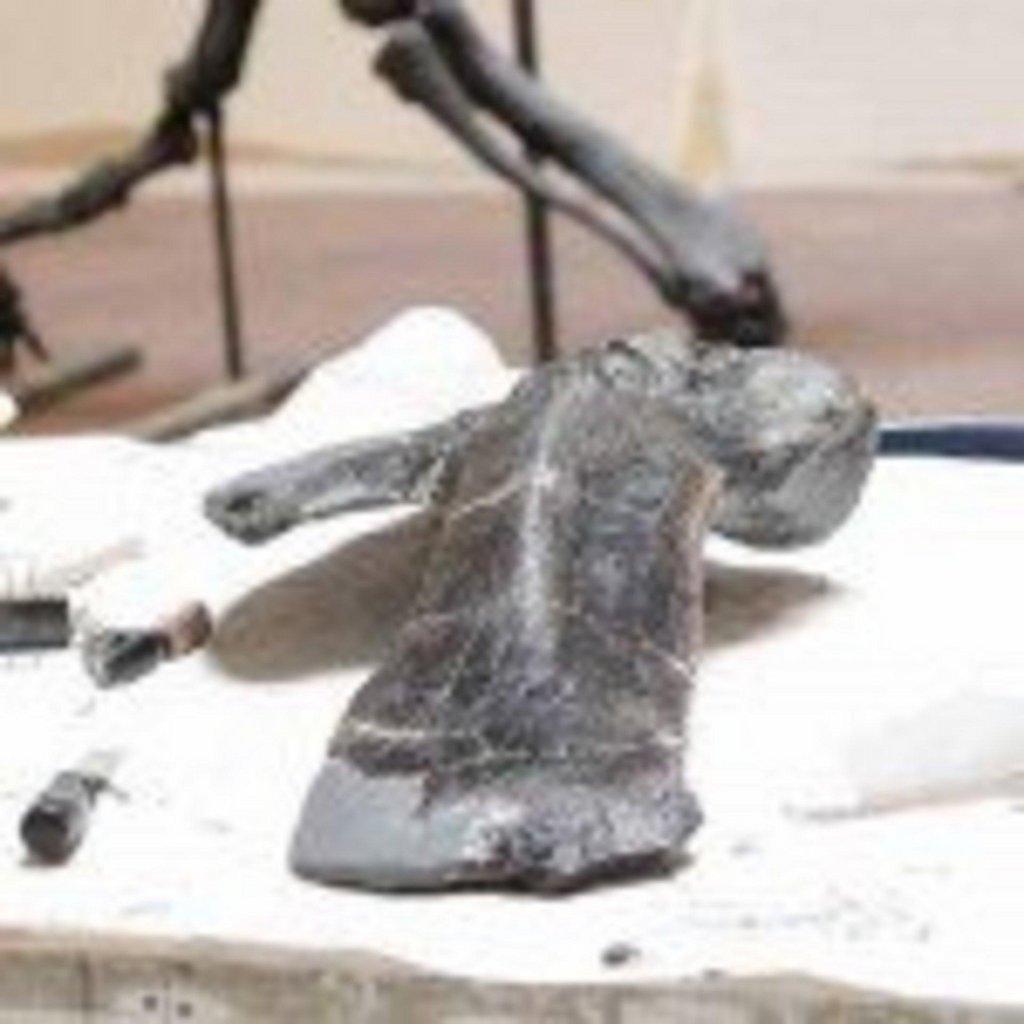- A large sea Turtle skeloton is mounted to compare to the fossilized specimen
- The live alligator is a favorite for kids
- The children’s area is going to get a make over before the summer is over
- New projects can be seen in the working bone lab
- Displays are more realistic than ever before
- you can peer down and see a skeleton being reassembled
- meet one of the largest armored dinosaurs ever found face to face
- so much to see in the ever changing exhibits
Currently, the Utah State University Eastern Prehistoric Museum is divided into two separate areas: Paleontology and Archaeology. Paleontology is where one may see dinosaur bones and fossils. Archaeology highlights the people who inhabited the land in its early days.
At some point in the future Museum Director Ken Carpenter wants to integrate the museum so visitors understand how each piece of our past is intertwined. Coal and energy production, which define the area, started with the first residents who roamed the area.
Currently, visitors enter the facility and are faced with a choice to start their journey. Whether one picks paleontology or archaeology one can’t begin to see everything in just one visit.
The display of the Utahraptor in the entry way draws many to the paleontology side. The Utahraptor is one of over eight dinosaurs named from material discovered by Prehistoric Museum staff. It was discovered in a Utah quarry in 1991 as “Jurassic Park” was being filmed.
Though it was called a Velociraptor in the movie, Carpenter says the dinosaur depicted more closely resembles the size of a Utahraptor. A true Velociraptor is only three feet high at the hip, while a Utah raptor is well over five feet high at the hip. Utahraptor was possibly the largest raptor that ever lived.
As one works his/her way to the second floor, one will encounter one of the world’s largest armored dinosaurs ever found. It is the Perloroplites cedrimontanus. It is one of many species of ankylosaurs found in the state. Utah boasts more species of ankylosaurs than anywhere else in the world except Mongolia and China.
Among the new species and genus of dinosaurs currently out for public view are the Animantarx ramaljonesi skeleton (armored dinosaur), Peloroplites cedrimontanus skeleton (armored dinosaur; Eolambia caroljonesa leg, plant-eater) and the Gastonia burgei skeleton (armored dinosaur).
Others that are not currently on display, but in the research collection, are Cedarpelta bilbeyhallorum skull (armored dinosaur), Stygimys kuszmauli (not a dinosaur, but a rodent-sized mammal), Utahdactylus kateae (flying reptile) and the Geminiraptor suarezarum (small carnivorous dinosaur).
The previously mentioned fossils were first named from specimens in the museum’s collection, though many are one-of-a-kind. Over 200 examples from the Prehistoric Museum have been used in illustrations in scientific journals. The museum’s entire collection contains over 8,000 specimens, which have been collected by staff and volunteers since the facility first opened in 1962.
“There are many more animals, mostly dinosaurs, in the collections that have been previously named,” Carpenter said. “For example, we have Diplodocus in the collections from near the Swell, but Diplodocus was first named in 1877, so our specimen is not new.”
The large sandpit display is currently undergoing changes to make it much more dynamic. The giant clam is also a featured item. It proves that this part of Utah was under a body of water that divided North America in half during the cretaceous period.
The children’s area on the paleontology side will be getting a makeover this summer. Carpenter is looking to make a small replica pit house that includes wheelchair access for kids to climb in and explore. The popular sandpit will remain as will the popular alligator display.
Museum staff is always on hand to talk about the ongoing projects at the museum. Carpenter said he wants to get more people involved in fieldwork opportunities. He also wants to expand the collection to include more species and genus that once roamed the area.
When the museum finally moves to its larger building, Carpenter hopes to have a showcase of the complete history of Eastern Utah, which tells a story that young and old can follow from the earliest known information to the present.
The next Prehistoric Museum article will focus on archaeology and how the museum plays an important role in both research and storage of the past.

